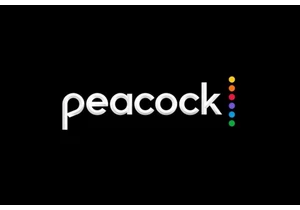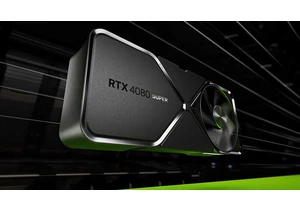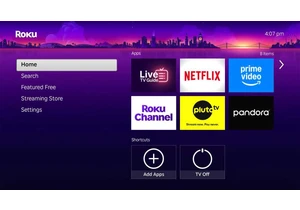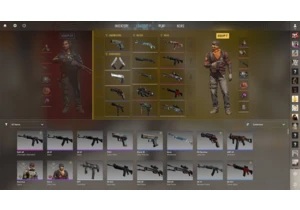Whether it’s tariffs or some other reason, CPU makers seem to be pushing downward into cheaper alternatives, expanding their available market. The most recent example is AMD’s latest addition: the Ryzen AI 5 330, its most entry-level option in the Ryzen AI 300 family designed for Copilot+ laptops.
AMD’s Ryzen AI 5 330 includes 4 cores and 8 threads, running from 2.0 GHz on up to a turbo clock of 4.5GHz.
AMD’s Ryzen AI 300 series (Strix Point) was launched in June of 2024, with just a pair of processors: the Ryzen AI 9 HX 370 as well as the Ryzen AI 9 365. (A third part, the Ryzen AI 9 HX 375, launched in July 2025 with identical specs save for a slightly improved NPU.) AMD added new lower-end Ryzens in January, including the Ryzen AI 7 350 (8 cores/16 threads, 5.0GHz turbo) and the Ryzen AI 5 340 (6 cores/12 threads, 4.8GHz turbo).
Since all of these chips are designed for notebooks, AMD isn’t revealing how much it will charge for each chip. Although AMD is announcing the Ryzen AI 5 330 now, it will take a little while before laptops using it come to market. “Systems powered by the Ryzen AI 5 330 processor will be available from OEMs, including Acer, ASUS, Dell, HP, Lenovo and MSI and arriving in market in the coming months,” AMD said in a note to reporters.
Like the other Ryzen AI 300 processors, the Ryzen AI 5 330 will support a TDP of 15 to 28 watts. The real differentiator is the GPU: the integrated graphics is defined as a “Radeon 820M,” with just two graphics cores. The NPU power crucial for AI operations is rated for 50 TOPS, like other members of the family.
Other CPU rivals have pushed downward over the past months. Qualcomm followed the launch of the Snapdragon X Elite with its cheaper Plus series for PCs priced at about $700, and the company launched the most basic Snapdragon X series at CES 2025 for PCs priced at $600 or less. Qualcomm is widely expected to launch its updated CPU platform this fall, and might keep the older processors around as cheaper alternatives.
All this is being done amidst the murky swirl of ongoing, fungible tariff regulations, which have begun constricting PC demand and sales. As always, the safest way to spur demand is with cheaper alternatives. The question is: how low can you go?
Chcete-li přidat komentář, přihlaste se
Ostatní příspěvky v této skupině

Europe’s summer heatwave may be highlighting Intel’s “Raptor Lake” bu

Time for another price hike, this time from Peacock, and it’s a big o


Retro emulation gadgets, the ones that look like an alternate univers

Nvidia’s GeForce RTX 50 series has been shining with cutting-edge tec

A couple weeks ago, a reader asked me about the best streaming TV set

In-game digital items are big money. According to one website that tr
